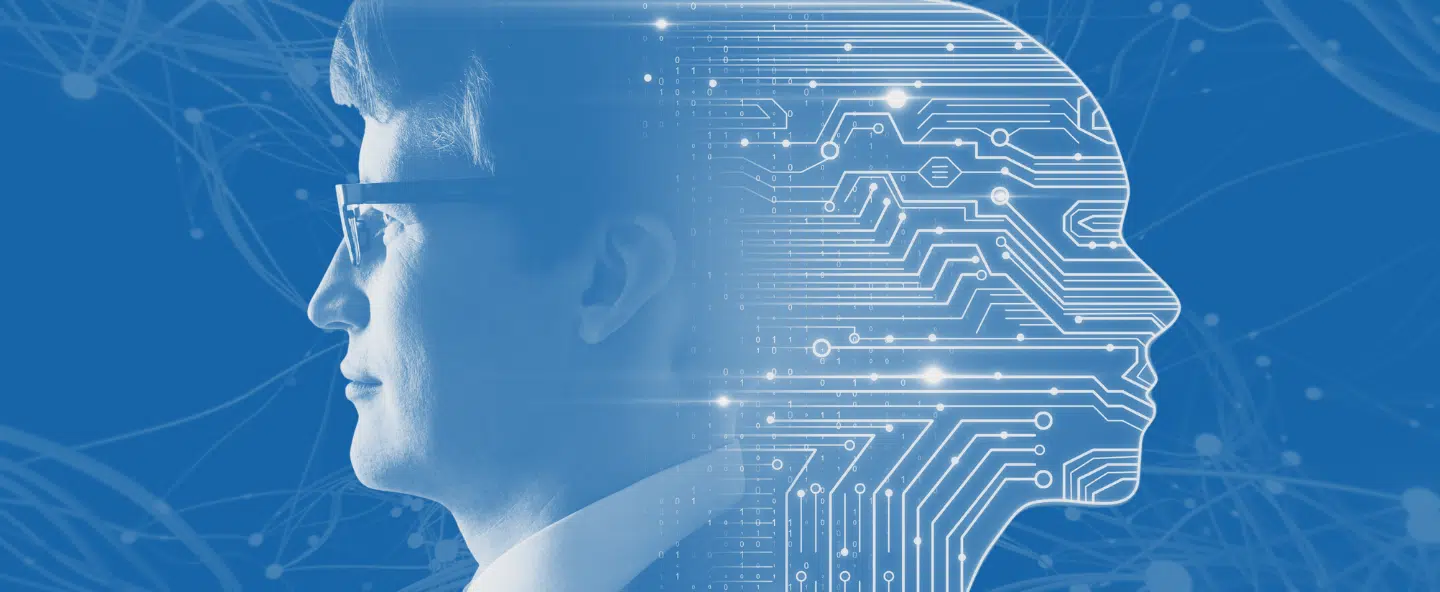I saw a question the other day that really got me thinking: “which technology helped generative AI create convincingly authentic media?” It’s a mouthful, but it’s something I’ve been messing around with, so I figured I’d share what I found.
First, I started by looking into what the heck generative AI even is. Turns out, it’s basically just a fancy way of saying AI that can create stuff, like pictures, videos, and even text. Think of things like ChatGPT. So, it’s those tools that use a technique called generative AI, which can create new text and more.

Then, I dug a bit deeper. I learned that the real magic behind this is something called deep learning. It’s like teaching a computer to learn like a human brain, but way faster. And within deep learning, there are these things called neural networks. They’re the workhorses that do the actual creating.
- One kind of neural network I kept seeing was called CNNs – Convolutional Neural Networks. From what I gathered, these are good for images.
- Then there were RNNs – Recurrent Neural Networks. These seemed to be better for things like text and maybe music, anything that’s kind of like a sequence.
But here’s where it got really interesting. I stumbled upon this thing called GANs, which stands for Generative Adversarial Networks. Now, these are cool. Imagine two AI systems. The evolution of artificial intelligence has transformed how we interact with the media. In particular. The generative AI has opened a new era in media creation by generating very realistic images. It’s like they’re competing with each other. The key technologies that have helped generative AI create convincingly authentic media include deep learning, computer vision, 3D modeling, audio processing, machine learning, transfer learning, explainable AI. Discover the top technologies behind convincingly authentic media created with Generative AI, including GANs, VAEs.
- One’s called a generator, and its job is to create fake media, like a picture of a cat that doesn’t really exist.
- The other is called a discriminator, and its job is to figure out if the picture is real or fake.
They go back and forth, the generator trying to fool the discriminator, and the discriminator getting better at spotting fakes. This constant back-and-forth makes the generator really good at creating realistic stuff.
So, to answer the question, I’d say GANs are a big part of what makes generative AI so good at creating authentic-looking media. But it’s not just GANs. It’s the whole deep learning and neural network thing that makes it all possible. Generative AI relies on a combination of deep learning, neural networks.
It’s all pretty mind-blowing when you think about it. We’re living in a time where computers can create things that look and sound real, but aren’t. And it’s only going to get more advanced from here.